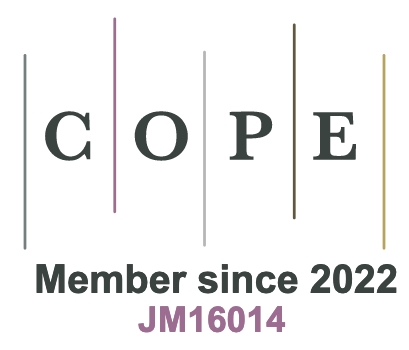Neuroevolution potential for thermal transport in silicon carbide
Abstract
Silicon carbide (SiC) is a representative high-thermal-conductivity semiconductor for applications in power electronics and quantum devices. In these applications, thermal management become critical for stable functioning. Meanwhile, SiC crystallize into hundreds of polytypes with various stacking orders and small energy difference. Such characteristic also leads to the formation of stacking faults. To understand the thermal transport property of silicon carbide in the presence of polytypism and crystallographic defects, we have developed a neuroevolution potential for SiC. The model is trained on a diverse dataset with stoichiometric and off-stoichiometric SixCy configurations. The dataset is strategically sampled using graph network encoding and clustering in the feature space. The potential achieves high accuracy with energy error of 4.1 meV/atom and force error of 0.22 eV/Å in the test set. And the dataset diversity is found critical to the model robustness. The application of this model is demonstrated by simulating the thermal transport property of SiC polytypes and stacking faults using homogeneous nonequilibrium molecular dynamics. The thermal resistance of stacking faults can reach substantial values up to 10-10 K m2 W-1, which may create hot spots and impede heat dissipation in devices. The thermal resistance varies considerably among different fault types, with those exhibiting consecutive cubic k stacking configurations demonstrating remarkably lower resistance. This work provides an accurate and efficient machine-learning interatomic potential for simulations of thermal and phonon properties of silicon carbide and understanding of its thermal management in the presence of polytypism and crystallographic defects.
Keywords
Silicon carbide, machine learning interatomic potential, thermal transport, stacking fault
Cite This Article
Zhang H, Cheng M, Jiang X, Zhang H, Pi X, Yang D, Deng T. Neuroevolution potential for thermal transport in silicon carbide. J Mater Inf 2025;5:[Accept]. http://dx.doi.org/10.20517/jmi.2025.06











